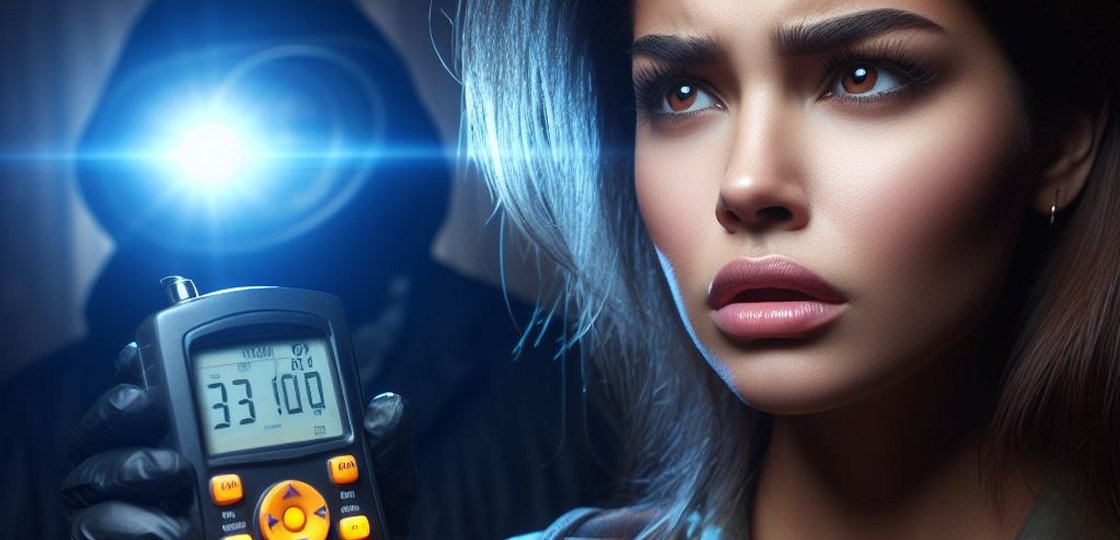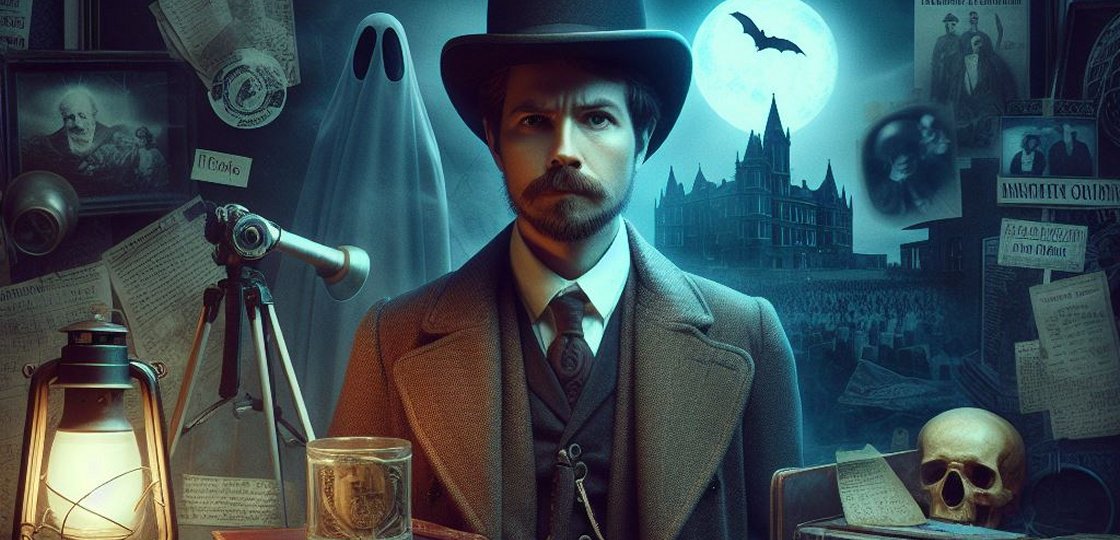The paranormal has a captivating charm that sparks our imaginations, giving us glimpses into the mysterious and unexplained. This is a field of study that brings with it an incredible array of challenges that make it extremely difficult to document credible evidence of the paranormal. These frustrations can cause researchers and investigators to build their entire understanding of the paranormal on what I see as the more easily accessible aspects, what I’d call the “low hanging fruit.”
Relying on the easy wins of “low hanging fruit” as proof of the paranormal is a real challenge for the credibility and progress of investigations. It’s time researchers move beyond these simple victories and aim for more profound and substantial evidence that can truly unravel the secrets of the supernatural.
The Illusion of Easy Wins
In the realm of paranormal research, “low hanging fruit” refers to evidence that is easily obtained but lacks substantial scientific validity. While this type of evidence might offer a sense of progress and provide superficial proofs of a haunting, it ultimately steers attention away from pursuing more profound challenges.
In the pursuit of paranormal evidence, there’s a natural tendency to gravitate towards phenomena and techniques that provide instant gratification. Orbs, K2 meters, the “flashlight trick,” and ITC have all seen a resurgence in popularity, even though they’ve been debunked or have limited reliability. It’s crucial to recognize that snapping orb photos or registering K2 hits doesn’t always equate to genuine paranormal activity. Giving in to the temptation of these shortcuts puts the credibility of the field at risk and only perpetuates unfounded claims.

The Dangers of “Low Hanging Fruit”:
Depending on “low hanging fruit” as proof of a haunting not only leads to self-deception but also misguides the public and the irritates the scientific community. Take orb photos, for instance. They are plentiful, easily acquired, and just as easily debunked as dust, water vapor, bugs, and so on. Putting too much emphasis on orbs as evidence only ends up distorting our understanding of the true nature of paranormal phenomena and how it might manifest.
K2 meters are also commonly employed to measure electromagnetic fields or as a means of communication with a spirit. However, their vulnerability to man-made sources of EM can result in a constant stream of false positives. Depending exclusively on K2 hits as evidence of spirit activity may actually divert attention from more dependable instruments, potentially undermining the credibility of paranormal investigations.
A frequently used (and previously debunked) technique in paranormal investigations is the “flashlight trick,” which entails using a flashlight to communicate with entities. However, under scientific scrutiny, it becomes evident that environmental factors, like temperature fluctuations, can inadvertently cause the flashlight to turn on or off. Yet many investigators still see this as evidence of spirit activity.
And though spirit boxes, word banks, and phone apps might appear more conversational, they are no substitution for the authenticity found in more traditional EVP research.
Rising Above the Status Quo:
For the progress of paranormal research, it’s vital to break free from the constraints of “low-hanging fruit” and shift towards a more disciplined and rigorous approach. This requires delving into unexplored realms armed with scientific methodology, critical thinking, and an unwavering commitment to genuine discovery. Moving away from the allure of easily attainable findings will not only advance paranormal investigations but also help to dispel skepticism around the field and, maybe, garner a bit of respect from the scientific community. Investigators must prioritize the development and adherence to thorough methodologies capable of withstanding scrutiny, ensuring a more credible and respected future for paranormal research.
Redefining Evidence:
Let’s shift our focus from easily attainable yet questionable evidence to higher-quality, scientifically valid data. Genuine photos of apparitions, captured with meticulous care, carry more weight than an abundance of orb photos. It’s time to raise the standards of evidence in paranormal research. Instead of relying on easily obtained data, investigators should reshape their understanding of evidence, giving greater importance to high-quality data that can withstand rigorous analysis. This shift ensures that our findings contribute meaningfully to the broader understanding of paranormal phenomena. This redefinition of evidence is crucial, emphasizing substance over simplicity, and make a more meaningful contribution to our understanding of supernatural phenomena.
Advancing Technology:
Rather than depending on instruments like the K2 meter, which are susceptible to so many false positives, let’s advocate for the development of more sophisticated tools specifically crafted to detect and measure genuine paranormal activity. Closing the divide between technology and paranormal research is essential, requiring the design of advanced detection instruments that offer accurate and reliable data, surpassing the limitations of current tools.
Revisiting Traditional Methods:
While innovation is crucial, we shouldn’t overlook time-tested techniques like EVP research. Recognizing the value of these traditional methods, investigators should aim to boost their effectiveness through improved technology and methodologies, striking a balance between innovation and preserving proven techniques. Through refining and embracing new technologies, we can guarantee that these methods retain their scientific integrity, offering a more robust and credible approach to paranormal investigations.
Collaborating with the Scientific Community:
For paranormal researchers to garner credibility and acceptance, active collaboration with scientists and skeptics is essential. Engaging in open dialogue, sharing findings, and subjecting methods to peer review can hopefully bridge the gap between paranormal investigations and mainstream science. This collaboration with the scientific community plays a pivotal role in establishing the credibility of paranormal research. By aligning with established scientific principles and methodologies, investigators can strive to gain the respect and acknowledgment of the scientific community.
Conclusion:
In conclusion, paranormal research faces a pivotal moment, standing at a crossroads where genuine progress hinges on rejecting the allure of “low hanging fruit” and confronting the deeper challenges posed by the unknown.
Elevating research standards isn’t just a suggestion; it’s a necessity for the field’s advancement. This commitment entails thoroughness, accuracy, and a dedication to meaningfully contribute to the broader scientific understanding of the paranormal.
Advocating for both technological advancement and the preservation of traditional methods is a call for balance. By embracing innovation while respecting proven methodologies, investigators can navigate a path that leads to more accurate and reliable insights into the paranormal.
Collaboration and dialogue with the scientific community serves as a bridge to credibility. Respecting established scientific principles are essential steps toward fostering a cohesive and respected perception for paranormal research.
While the temptation of grabbing the “low hanging fruit” in the paranormal community is strong, it comes with a price. If we aim to move beyond mere speculation and genuinely comprehend the mysteries that surround us, we must elevate our research to higher standards. It’s time to aim for the fruit higher up on the tree, as that is where the genuine secrets of the paranormal lie in wait.





